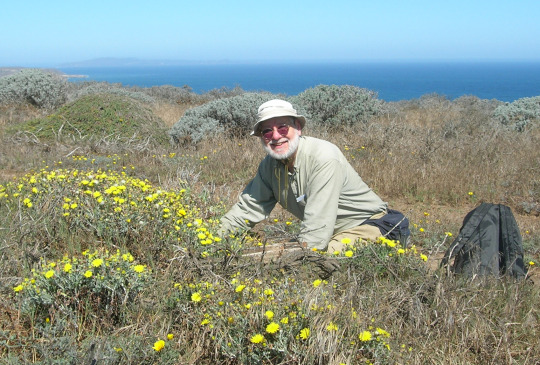
by Tim Pearce
Islands often contain peculiar species, including some that are endemic (found only there). Tim Pearce, Assistant Curator of the Section of Mollusks at Carnegie Museum of Natural History, spent five days with two other researchers surveying the land snails of Santa Rosa Island, one of the California Channel Islands. This survey is part of a larger project, funded by the National Park Service, to understand the land snails of the California Borderlands.
The researchers braved spiny vegetation and strong winds (sometimes pebbles became airborne) to find at least three new land snail records for the island among the dozen or so species they found. Several species found are endemic to the California Channel Islands. Further scrutiny of the finds will reveal whether any species are endemic to just Santa Rosa Island or possibly new to science.
Snails were often surprisingly difficult to find, which might reflect recent disturbance history of the island. The last of the large non-native mammals (goats, sheep, pigs, cattle, deer, and elk) were removed from the island in 2013. These animals can impact snail populations through trampling and more importantly by eating vegetation, changing it from forest to grassland. This study provides a baseline to inform future investigation of how snail faunas recover after disturbance.
Timothy A. Pearce, PhD, is the head of the mollusks section at Carnegie Museum of Natural History. Museum employees are encouraged to blog about their unique experiences and knowledge gained from working at the museum.
